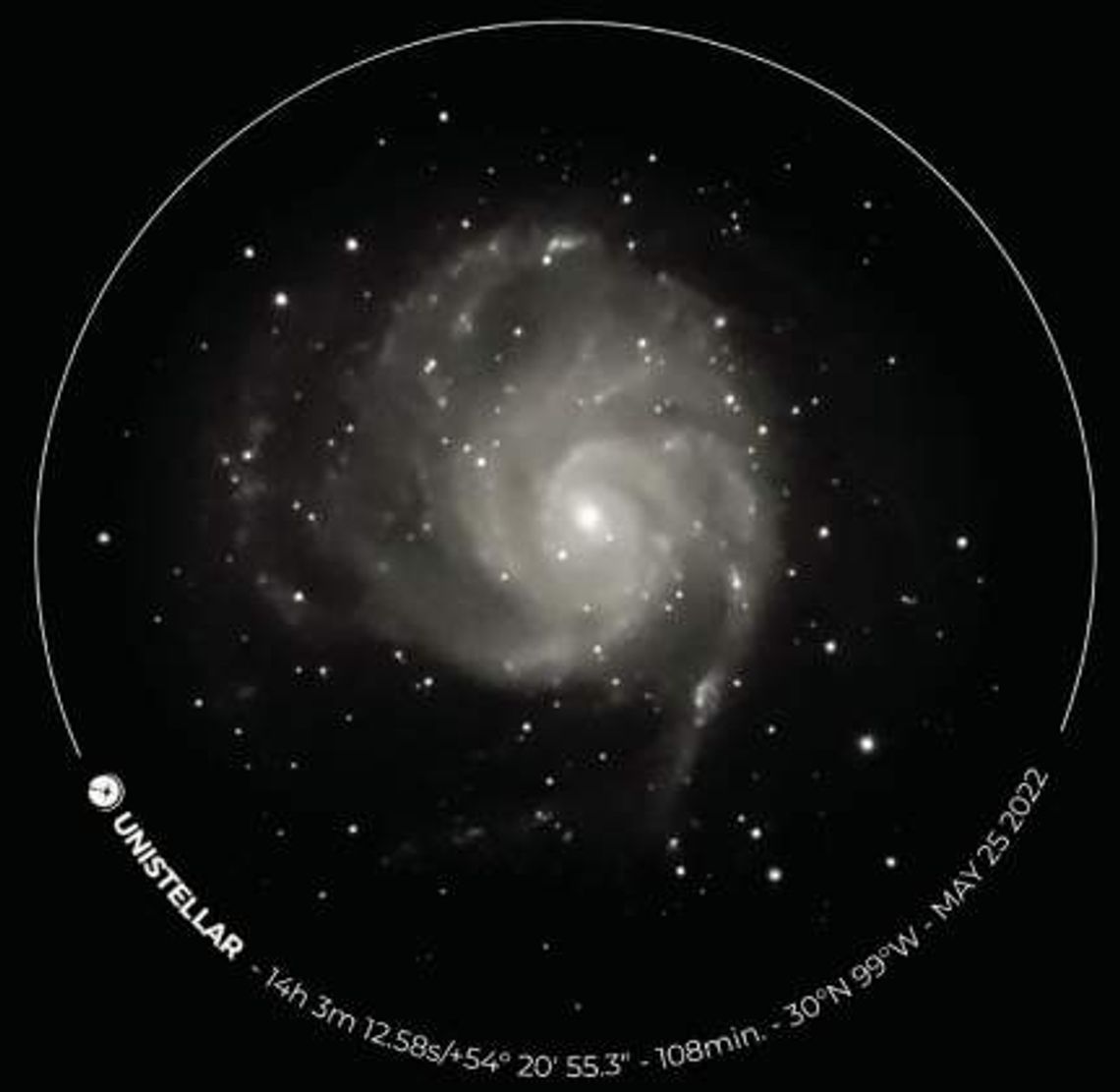The universe has really never made things in ones. The Earth is special and everything else is different? No, we have seven other planets just in our solar system. The Sun? No, the Sun is one of those dots in the night sky. The Milky Way? No, it’s one of a hundred billion galaxies. And the Universe? Maybe there are countless other universes—Neil deGrasse Tyson Well, our public star party at Singing Water Winery got clouded/rained out on March 18. I believe it’s been rescheduled for April 22. Here is their events webpage where you can check on that in the preceding days and sign up to attend: singingwater. com/upcoming-events/. That’s nearly a new moon weekend and will be an excellent time to look for galaxies (faint fuzzies as us amateur astronomers call them). That’s also the peak night of the annual Lyrid meteor shower. If you can find the bright star Vega, that’s where the meteors will appear to come from. That is called the shower’s radiant. You can start looking for Lyrids by 10 p.m. on the 22 then through the morning of the 23. The later you try, the higher the radiant will be in the sky, which is better.
Each April and May, our Earth at night faces outwards looking away from the crowded Milky Way. There is less gas and dust looking in the opposite direction from the center of the Milky Way. We’ll see plenty of that part of our night sky in the summer months. So, April and May are the realm of the galaxies. The phrase “realm of galaxies” sounds kind of scary doesn’t it. Actually, those galaxies are quite beautiful. They’re all around us each month, however all but the brightest are harder to see most months. We have a neat “window” during these two months each year to see these faint fuzzies.
Accompanying this article is my 108-minute image run on May 25, 2022, of M-101, also known as the Pinwheel. It was discovered in 1781 by Charles Messier, hence the M designation. This is a galaxy in Ursa Major (near the bend in the handle of the Big Dipper), which is also a rising constellation in the mid Spring months. This galaxy is fairly representative of a face on Grand Spiral galaxy. Face on means we’re looking straight down on top of it. Grand Spiral refers to its neatly spread out and well-defined spiral arms. It is 170,000 LY in diameter making it 59% larger than our home galaxy. It’s 21 MLY (million light years) distant. So, when looking at its photons of light striking your retina or the camera sensor, you’re looking back 21 million years in time. For reference, that was when most of the present- day species on earth became recognizable. The first primate develops and begins living partially in the trees and partially in more plain-like areas. The first horses and the ancestors of modern elephants also emerge. The earliest pre-humans (hominids) didn’t evolve until about 3 million years ago.
Now for things happening in April. Just after sunset on Tues, April 11th, bright Venus will be just 2.5 degrees to the left of the Pleiades (M-45). The pair will comfortably fit in a binocular field of view (FOV). Venus will pop out first then the Pleiades cluster somewhat later after it gets darker. Neither will last long in the west after sunset so be set up and ready beforehand. This would make a nice 35mm opportunity.
As mentioned previously, the Lyrid meteor shower is an annual event caused by the Earth passing through the ancient dust stream from Comet Thatcher, a long-period comet that circles the sun every 415 years. This display has been recorded for more than 2,700 years. Chinese astronomers first recorded the shower in 687 BCE making the accurate first recording 2,710 years ago. Also, if you’re interested in taking a neat photo with your 35mm camera, a razor thin lunar crescent, just 21 hours old and 0.8 % illuminated, will be visible in the west (with an unobstructed horizon) on Thursday, April 20. You’ll need to wait until the sun has just set. Note DO NOT look at the sun in binoculars without solar filters, same with a camera viewfinder. This will be a delicate scene.
“
“ The notion that science and spirituality are somehow mutually exclusive does a disservice to both” “
- CARL SAGAN








Comment
Comments